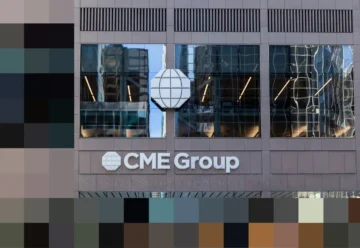Bitcoin Surged by 22% After World Bank Report on Possible Recession

Over the past week, the first cryptocurrency showed an active growth, exceeding $21,000 and provoking the entire market rise.
The World Bank warned that new “adverse shocks” could lead the global economy into recession in 2023. This was stated by Bloomberg, citing the Global Economic Prospects report. BTC quotes then began to rise, and Bitcoin’s price increased by more than 25% momentarily.
According to CoinGecko data, as of 13:00 (GMT+2) on January 16, BTC was trading at $20,843. The trading volume for the last 24 hours was about $29 billion, though after the World Bank’s statement it was almost $59.5 billion. Over the last seven days, BTC rose by over a fifth, reaching a high of nearly $21,500.
ETH quotations also went up following the rise of BTC. During the last seven days, the token increased by 20.4%, almost reaching $1,600. ETH gained more than 30% in the past two weeks. The daily volume of transactions in the Ethereum network exceeded $21 billion. Analysts say that apart from the World Bank’s report, the news about the upcoming Shanghai hard fork and the possibility of soon withdrawals of staked ETH triggered the asset’s price growth.
Other altcoins from the top 10, excluding stablecoins, also saw positive dynamics. SOL (63%) showed the most active growth over the last week, which lost over half of its value after FTX’s crash. The crypto market cap exceeded $1 trillion again, with the total amount of liquidations of short positions surpassing ~$916 million during the last five days, Coinglass reported. BTC accounted for more than a third of the liquidations.
The difficulty of BTC mining jumped by 10.26% again. According to BTC.com, the network’s hashrate reached 269.02 EH/s at 23:11 (UTC) on January 15, surpassing the November 2022 highs. Recall that at the end of last year, the difficulty of mining a BTC block dropped to a record high in the last few years.
Data from Alternative reports that BTC’s fear and greed index reached 52 points on January 15, the highest level since April 2022. It signals a neutral attitude among market participants toward the prospects of the first cryptocurrency. However, on January 16, the index fell to 45, back into the “fear” zone.
In addition, analysts point to movements in technical indicators, which may signal that the asset is overbought and a correction is expected. For example, on January 15, on the daily chart of BTC, the relative strength index (RSI) reached its highest level in four years.
At the end of 2022, amid the decreasing volatility, analysts predicted the fall of BTC’s quotes in early 2023. Most experts agree that it’s almost impossible to predict the market’s behavior in the near future. According to professional trader Peter Brandt, experts can only make “wild guesses.”
Yet, analysts at the Bank of America forecasted last year that investors would actively hedge risks associated with economic instability with the help of cryptocurrencies. This can partially explain the rise in quotations of BTC and altcoins amid claims of a possible recession.











